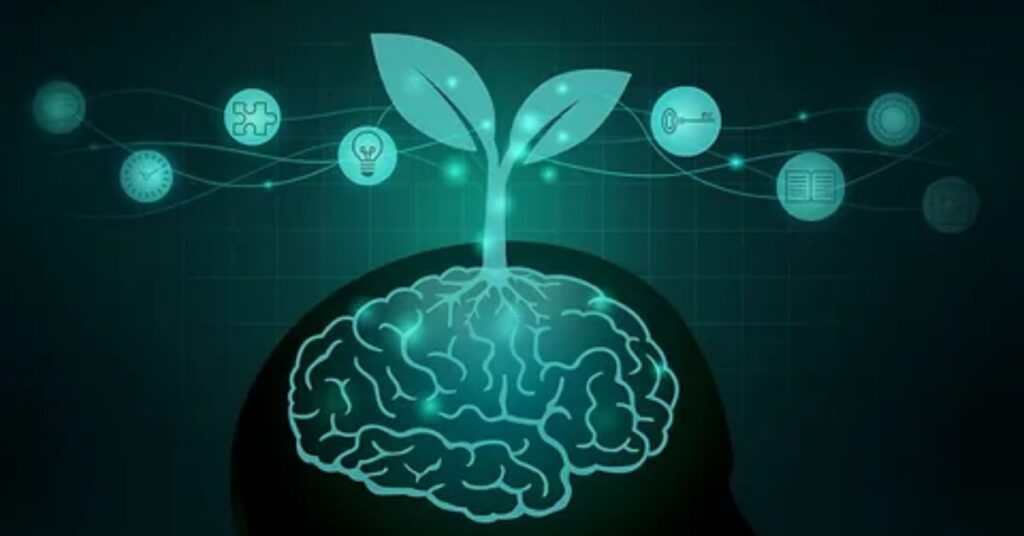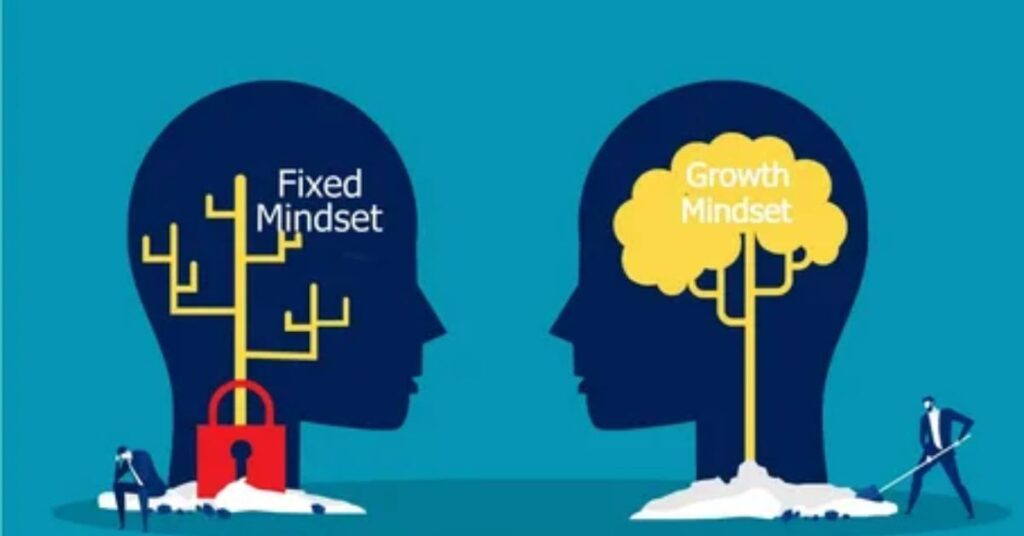A growth mindset is the belief that abilities like intelligence and skills can be improved with hard work, learning, and persistence. This concept was introduced by Carol Dweck, a psychologist whose research transformed how we view potential. Unlike a fixed mindset, which assumes abilities are unchangeable, a growth mindset embraces the idea that effort and learning lead to development.
For example, someone with a fixed mindset might think, “I’m just bad at math,” and avoid trying. Meanwhile, a person with a growth mindset would view challenges as opportunities, saying, “I’m not good at math yet, but I can improve.” This shift in thinking fosters self-improvement, resilience, and the ability to embrace mistakes as part of the journey.
Why Is Cultivating a Growth Mindset Important?

The benefits of a growth mindset touch every aspect of life. In education, it boosts academic performance by encouraging students to embrace mistakes and learning as part of progress. For careers, it fosters innovation and leadership by focusing on goal setting and achievement rather than fear of failure. Even relationships improve as people become more open to feedback and understanding.
Science backs these claims. Studies by Carol Dweck show that a positive mindset shift impacts not just learning but also motivation and well-being. Brain plasticity research also proves that abilities can change through continuous learning and effort. These insights show how embracing challenges and rewarding progress in education help build long-term success.
You May also read this Article: The Solar Revolution: Transforming Energy, Saving Money
Does a Growth Mindset Work?
Real-life success stories reveal the power of a growth mindset. Consider athletes like Michael Jordan, who used failures to drive their success. Entrepreneurs such as Elon Musk emphasize resilience and embracing challenges as keys to innovation. These stories show that cultivating talents through hard work and a focus on progress leads to greatness.
Scientific evidence also supports this. Neuroscience highlights how a feedback loop helps the brain adapt and grow when learning. For example, in classrooms where teachers focus on positive reinforcement in education, students show significant improvement in academic performance and engagement. These examples prove that shifting from a fixed mindset to a growth mindset transforms outcomes.
Steps to Develop a Growth Mindset

Developing a growth mindset begins with self-awareness. Recognize when fixed mindset examples like “I’ll never be good at this” creep in. Replace them with the power of “yet,” as in, “I haven’t mastered this skill yet.” This subtle change rewires your approach to learning.
Set realistic goals and celebrate small wins. Feedback and self-improvement go hand in hand. Seek constructive advice and use it to grow. Remember that effort and persistence matter more than perfection. Learning to see comfort zone challenges as opportunities will push you toward success. Self-compassion in personal growth ensures you’re patient with yourself during tough times.
| Steps to Develop a Growth Mindset | Benefits |
| Embrace challenges | Builds resilience |
| Seek feedback | Drives improvement |
| Practice self-compassion | Enhances motivation |
| Use the power of ‘yet’ | Encourages learning |
| Reward progress | Sustains effort |
Growth Mindset in Action
Putting a growth mindset into practice requires daily effort. For example, in education, students who focus on learning strategies like reviewing feedback and tackling tough problems outperform peers who avoid challenges. In the workplace, leaders who encourage developing talents and skills create thriving teams.
Parents and teachers play a crucial role. By modeling behaviors like resilience and celebrating effort, they inspire children to adopt a positive mindset shift. Encouraging Can a growth mindset help with overcoming failure?
continuous learning and rewarding progress ensures growth becomes a habit. Whether you’re learning a new language or mastering a sport, a growth mindset unlocks potential.
How to Overcome Fixed Mindset Traps
Overcoming the traps of a fixed mindset requires intentional effort. Common pitfalls include fear of failure, perfectionism, and negative self-talk. To counter these, focus on reframing failures as opportunities. For example, if a project doesn’t succeed, ask yourself what you learned and how to apply that lesson next time.
Strategies like journaling, affirmations, and surrounding yourself with role models for success can help. Seek out mentors who embody a growth mindset definition and learn from their experiences. Remember, setbacks aren’t roadblocks but stepping stones. Shifting from fixed to growth requires patience and practice, but the rewards are worth it.
FAQ’S
What is a growth mindset?
A growth mindset is the belief that abilities and intelligence can be developed with effort and learning.
How can I develop a growth mindset?
Embrace challenges, learn from feedback, and persist through setbacks to cultivate a growth mindset.
What are the benefits of having a growth mindset?
It boosts resilience, encourages continuous learning, and enhances performance in various areas of life.
How does a growth mindset differ from a fixed mindset?
A growth mindset focuses on improvement and learning, while a fixed mindset believes abilities are static. Yes, it encourages seeing failure as an opportunity to learn and grow, rather than a permanent setback.
Conclusion: Embrace the Power of Growth
A growth mindset is the foundation for achieving success in life. By focusing on intelligence development, personal growth, and embracing challenges, you unlock endless possibilities. This mindset isn’t just about reaching goals; it’s about enjoying the journey and learning along the way.
Start cultivating a growth mindset today. Use the lessons from real-life examples, scientific research, and your own experiences to build a life defined by effort and persistence. The power to grow is within you—all it takes is the decision to begin.







